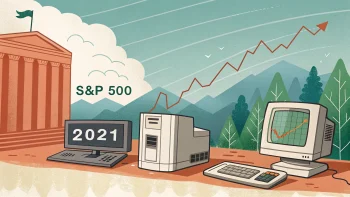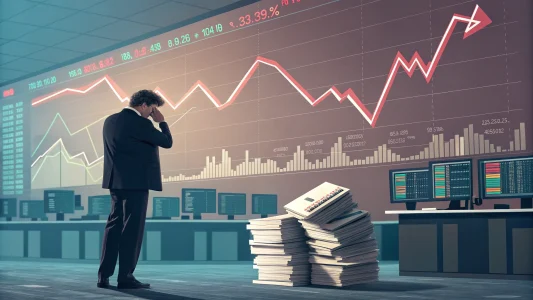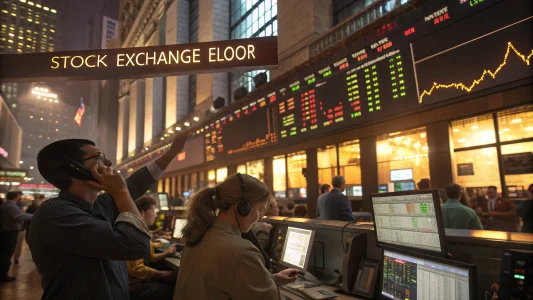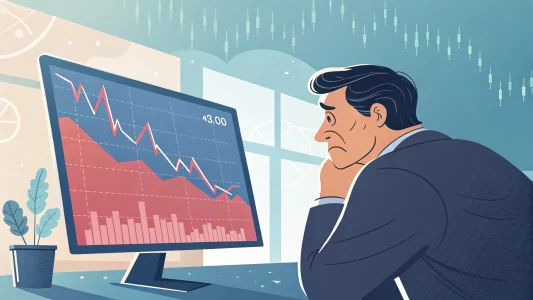The financial markets experienced significant volatility following President Trump’s announcement of a 90-day delay on most tariffs. The news prompted an extraordinary market reaction, with the Nasdaq jumping 7% in just nine minutes – a movement characteristic of hedge fund short covering.
When traders who had bet on market declines (shorting stocks) saw the news, they rushed to buy shares to cover their positions. This rapid buying frenzy drove prices up dramatically in minutes. Market analysts note that only institutional investors with substantial capital, primarily hedge funds, can generate market movements of this magnitude and speed.
Table of Contents
ToggleDifferent Tariff Rates for Different Countries
While most countries received temporary relief with the 90-day delay, China faces a more severe situation. Trump has imposed a 25% tariff on Chinese goods, citing what he described as “outright disrespectful” retaliatory measures from China. Other countries currently face a lower 10% tariff rate during this 90-day evaluation period.
The differential approach puts significant pressure specifically on China while giving the administration time to reassess trade relationships with other nations. This targeted strategy suggests the U.S. is taking a more nuanced approach to trade negotiations rather than applying blanket policies.
View this post on Instagram
Market Implications
The immediate market reaction highlights several key dynamics:
- Short-term volatility: The dramatic price swing demonstrates how sensitive markets are to trade policy announcements
- Hedge fund influence: The speed of the market move reveals the significant impact institutional investors can have when covering short positions
- Sector-specific impacts: Technology stocks, which make up a large portion of the Nasdaq, appear particularly sensitive to trade news
Financial experts suggest this 90-day window creates a temporary breathing space for most international trade relationships while maintaining pressure on China. The U.S. position appears to be that it can sustain this standoff, particularly with the differentiated tariff approach.
For investors, this development creates both opportunities and risks. The delayed implementation for most countries may provide short-term market stability, but the continued tensions with China could lead to ongoing uncertainty in sectors with significant exposure to Chinese markets or supply chains.
As the 90-day evaluation period progresses, markets will likely remain sensitive to any statements or developments regarding trade negotiations. Traders should prepare for potential volatility as the 2025 market landscape takes shape against this backdrop of evolving trade policies.
Frequently Asked Questions
Q: Why did the Nasdaq jump so dramatically after Trump’s tariff announcement?
The 7% jump in just nine minutes was primarily caused by hedge funds engaging in short covering. These institutional investors had taken positions betting the market would decline, and when the positive tariff news broke, they had to quickly buy shares to close those positions, driving prices up rapidly.
Q: What is the difference in tariff treatment between China and other countries?
China faces a 25% tariff rate due to what Trump described as “disrespectful” retaliatory measures, while other countries currently have a lower 10% tariff rate. Additionally, most countries except China benefit from the 90-day delay in tariff implementation, giving them time to negotiate trade terms.
Q: How might these tariff decisions affect investment strategies going forward?
Investors may need to adjust their strategies based on sector exposure to Chinese markets and supply chains. Companies with limited Chinese exposure might benefit from the 90-day tariff delay, while those heavily dependent on Chinese manufacturing or sales could face continued pressure. The situation suggests maintaining flexibility as trade policies evolve during the evaluation period.

















